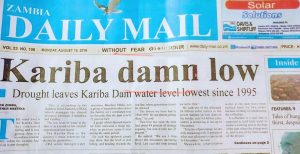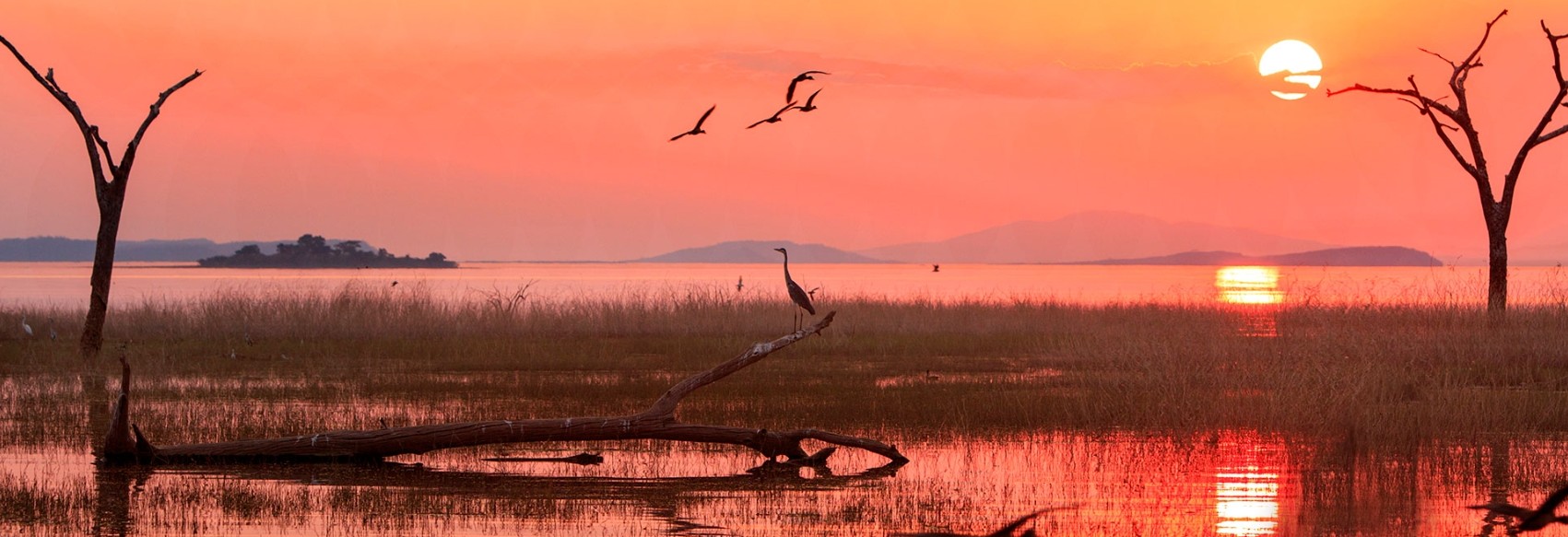Beautiful Zimbabwe. All is not lost. Yet
Check this out on a somewhat fraught national elections day
Here’s an absolutely stunning video. To plagiarise David Livingstone, angels in flight must be gazing on scenes as lovely as this …
Zimbabwean film-maker Dillan Prinsloo is doing the flying for us this time. A pilot in his own right, he contributes to National Georgraphic and other concerned areas of interest. He writes: “Many Zimbabweans don’t realise the true beauty of our country. We often get lost and distracted in just trying to survive that we forget we live in one of the most beautiful countries in the world … ”
His engaging soundtrack entitled ‘Enduring Hope’ is by fellow Zimbabwean Daniel Deuschle.
Pity that it’s the heavy hand of man that threatens the wonders of nature.
Deteriorating once-prosperous farming areas, encroachment on the peri-urban green belt and the need for firewood when electricty is absent have driven more species of amazing birdlife into our still-leafy and well-to-do city suburbs. And a mangy leopard – or was it a hyena – has been spotted scavenging for food on Harare’s busy northern outskirts.
Zimbabwe has lost 16 percent of its natural tree cover in the past decade – nearly one million hectares, or the equivalent to about a quarter of the size of Belgium. Without going into climate change and the wild fires and floods ravaging Canada, California, Hawaii, Mexico and parts of Asia, Zimbabwe’s burgeoning population – doubling to about 15 million in recent years – has taken its toll, as have profligate animal poaching and illegal mining.
 Experts say people pressure, changing rainfall patterns and soil erosion are denuding the vast central African catchment basin whose rivers and run-off should feed the mighty Zambezi and our truly beautiful Lake Kariba hydro-electric dam, 280 kms long by 40 km at its widest and 95 metres at its deepest. The lake hasn’t been full since 2011 and water levels vary around 30 percent of capacity today.
Experts say people pressure, changing rainfall patterns and soil erosion are denuding the vast central African catchment basin whose rivers and run-off should feed the mighty Zambezi and our truly beautiful Lake Kariba hydro-electric dam, 280 kms long by 40 km at its widest and 95 metres at its deepest. The lake hasn’t been full since 2011 and water levels vary around 30 percent of capacity today.
(I could use stronger words than our charming newspaper neighbours across the Zambezi river in Zambia. ‘Kariba dam f*****g damn low.’ )
Then, of course, there is the blight of corruption. In one shady endeavour a foreign company has been selling what are known as ‘carbon credits’. Big companies such as car makers buy in so as to compensate for their own carbon footprints. Their money is meant to go towards conservation, earth-friendly cultivation of crops and vegetable gardens and tree planting.
In a target scheme around Kariba nothing has happened. Millions of US dollars collected in carbon credits from international corporate polluters remain unaccounted for.
In the war between Man and Mother Nature she is now fighting back with catastrophic vengeance.

